
When Magic Kingdom opened in 1971, the race to visit the Vacation Kingdom of the World was on. Guided by Walt Disney's vision, designers had stocked Magic Kingdom with supersized, master-planned versions of the best rides and attractions in Disneyland's lineup... except one. When Walt Disney World opened its gates, visitors were shocked to find Disneyland's most revered ride – Pirates of the Caribbean – nowhere to be found. Worse yet, Disney had no plans to bring this beloved E-Ticket to Florida.
That's because, in its place, they planned something even more epic... An entirely original, musical, animatronic-packed adventure through the Old West. Thanks to the Western River Expedition, Magic Kingdom is as renowned today for the rides that weren't built as the ones that were. It's perhaps the most enigmatic, epic lost project ever to hit Imagineering's recycling bin.
Of course, that's what Theme Park Tourist's Possibilityland series is all about: dissecting the full stories behind could-be classics that never made it off the drawing board. Already, we've taken in-depth journeys through the most Muppetational land ever, Muppet Studios at Disney's Hollywood Studios; saw Universal run away with the Beastly Kingdom that was axed from Disney's Animal Kingdom, and looked to the New Tomorrowland 2055 that almost landed at Disneyland. In fact, our In-Depth Collections Library is chocked full of stunning, must-read features on never-built, lost, and masterpiece attractions.
Today, we induct Western River Expedition – another would-be wonder – into our catalogue. We'll step through the storied history of Marc Davis' lost classic, take a virtual ride through it as we sort fiction from fact, and see where fragments of its DNA have been scattered across Disney Parks.
Pop (mid-)century
Image: Disney
When Disneyland opened, its revolutionary, cinematic themed “lands” were unlike anything seen in amusement parks before. Designed by filmmakers, they intended to immerse guests into romanticized, idealized worlds. But even moreso, these themed lands were chosen and constructed around the ideals of the era… Disneyland’s lands were designed by and for mid-century pop culture, bringing to life the stories, characters, and settings that resonated with guests at that time.
Why, for example, of all the “adventures” out there was the dense African jungle chosen as the embodiment of Adventureland? Simple: because in the 1950s, America’s fascination with Africa was at its height. The African Queen, King Solomon’s Mines, Duel in the Jungle, Congo Crossing, and the continuing series of Tarzan films had made Africa’s deep jungles synonymous with exotic cultures, wild animals, danger, and adventure.
Image: Disney
When Hawaii’s statehood shifted Americans' collective definition of “adventure” to Polynesia the 1960s, Disney’s Adventureland caught up with The Enchanted Tiki Room. Then, Indiana Jones changed our cultural image of “adventure” to temples, curses, booby traps, and treasure in the '80s and '90s, and Disneyland’s Adventureland followed suit again, morphing and growing and expanding into Southeast Asia to keep up with our collective imagination.
And so it went for Tomorrowland, Fantasyland, and Frontierland, too. And it’s in the latter that our story picks up.
Westward ho!
Image: Disney
In 1955, American fascination with the Old West was at its peak. Davy Crockett and John Wayne’s The Gunfighter ruled the silver screen, The Lone Ranger was the highest-rated television show, and children spent their days outside playing ‘Cowboys & Indians.’ The Old West deserved its own land, revered on the same level as "fantasy" or "adventure" or "tomorrow," and Frontierland was born.
Representing the idling speed of America’s revered westward expansion in the mid-1800s, it was a land of “Indian War Canoes,” clapboard saloons, shooting galleries, dusty roads, and wooden fences.
Image: Disney
Frontierland let guests live out their dreams of seeing how the West was won; stepping into the stories that meant so much to pop culture during the time. Its early years – with real pack mules, stagecoaches, and Conestoga wagons traversing the Living Desert – soon gave way to a phenomenal anchoring attraction that would set a new course for Disney's rides: the Mine Train Through Nature’s Wonderland.
Click and expand for a larger and more detailed view. Image: Disney
Literally the Old West Frontierland equivalent to Adventureland's Jungle Cruise (and indeed, both carry iconic scenes designed by Disney Animator-turned-Imagineering Legend Marc Davis), the Mine Train Through Nature's Wonderland was, by all accounts, an E-Ticket that today would be as revered as any other; a phenomenal journey into America's own wilderness.
Walt was deeply patriotic and absolutely fascinated with American history. For that reason, Frontierland was a natural fit for his imaginative park, and the Mine Train Through Nature’s Wonderland must’ve been a source of great pride. Maybe that’s what inspired his next project.
Riverfront Square
Image: Disney
In the early 1960s, Walt’s next goal came into view; he was again dreaming of something new. Walt Disney’s Riverfront Square would’ve been the world’s first indoor theme park. Set beautifully against the Mississippi River in St. Louis, this charming, historic theme park would’ve celebrated American culture, ingenuity, and expansion, and a new face at Imagineering had cooked up an elaborate attraction.
Marc Davis had spent many years working at Walt Disney Productions as an artist and animator, including principle design on the title characters from Snow White and the Seven Dwarfs, Bambi, Cinderella, Alice in Wonderland, and Sleeping Beauty.
And again, he’d also been a key designer on Disneyland’s Jungle Cruise and Mine Train Through Nature’s Wonderland.
Image: Disney
And for Walt’s Riverfront Square project, he’d conceived of yet another staggering ride: the Lewis & Clark River Expedition, tracing the unforgettable journey of America’s early explorers as they sought westward passage to the Pacific. At Walt’s request, Marc spent time in 1963 developing draft artwork for such a ride, including guests drifting past moose grazing along the river, black bears hunting for leaping fish, and menacing Indian villages.
Ultimately, Walt chose not to move forward with Riverfront Square (perhaps because of an insult from beer magnate August Busch Jr. of Anheuser-Busch... a story for another time). Even if Davis was devastated that his Lewis & Clark River Expedition was shelved, he didn’t run out of things to do...
1960s
The 1960s were a time of tremendous innovation and forward momentum at WED Enterprises (the original name of Imagineering). After the decade’s big kick off with the Mine Train Through Nature’s Wonderland, work only continued to mount. For one thing, Walt and company were called eastward to the 1964 – 65 World’s Fair in New York. Yes, that most essential international expo that’s cited again and again in the history of Disney Parks favorites is back again.
Because not only did the fair see the original prototypes of the Carousel of Progress, Great Moments with Mr. Lincoln, and a venerated Lost Legend: The Peoplemover; it also debuted one of the most important rides in Disney history: “it’s a small world.”
Image: Disney
And while the charming international cruise may be known for its song today, in 1964 its innovation was much more foundational: its ride system. The fast-loading, high-capacity, quiet ride system served as a groundbreaking new way to move a lot of people through a ride with ease.
At the close of the Fair, “it’s a small world,” Carousel of Progress, and Mr. Lincoln were all shipped to Disneyland and installed, and Walt and his team turned their attention to their next project: an expansion to Frontierland. This “New Orleans Square” would be anchored by a wax museum of pirate vignettes… the only problem was that Imagineers couldn’t figure out how to move a lot of people through the wax museum with ease. … A-ha!
That’s how our trip to Disney World’s most momentous never-built ride almost came to be… Read on…
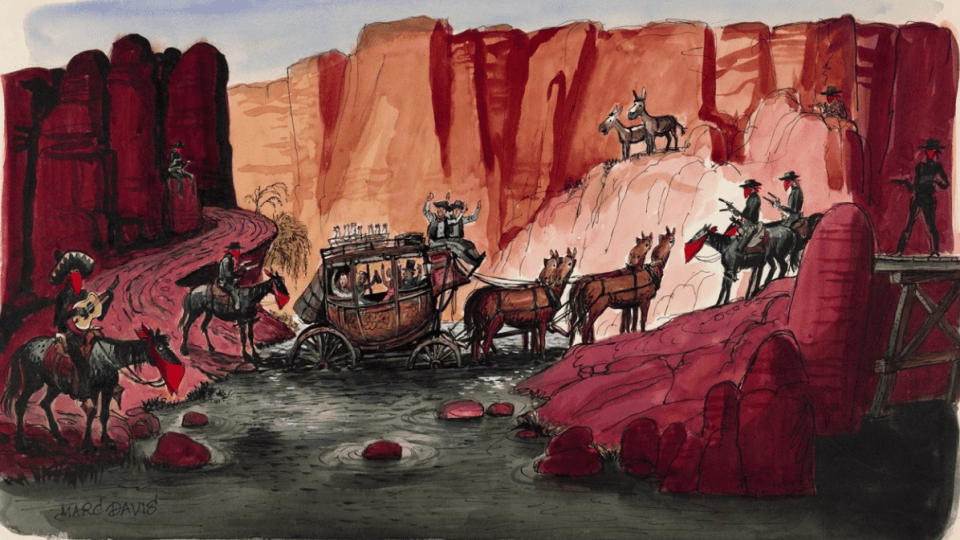
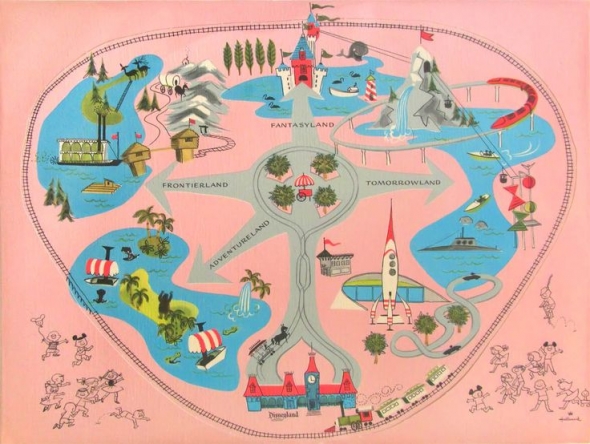
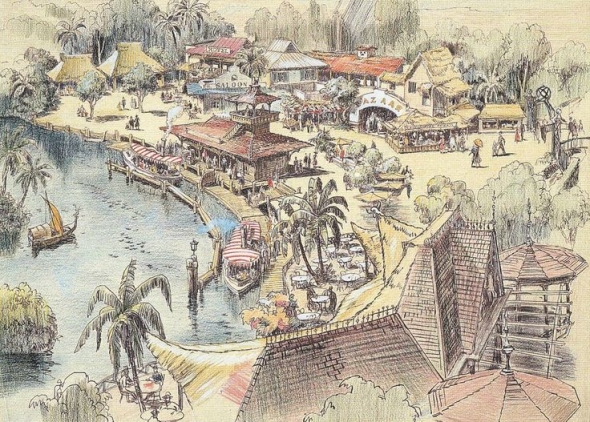
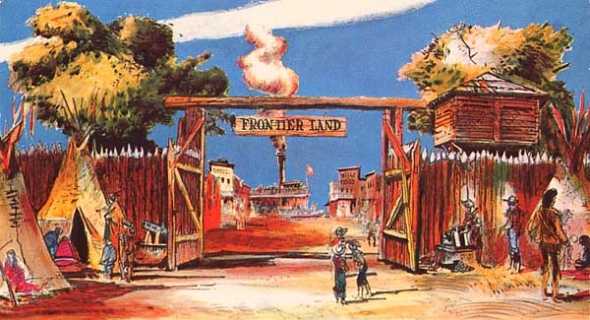
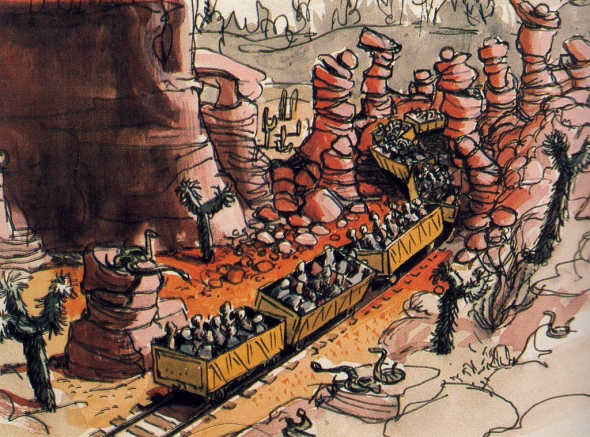
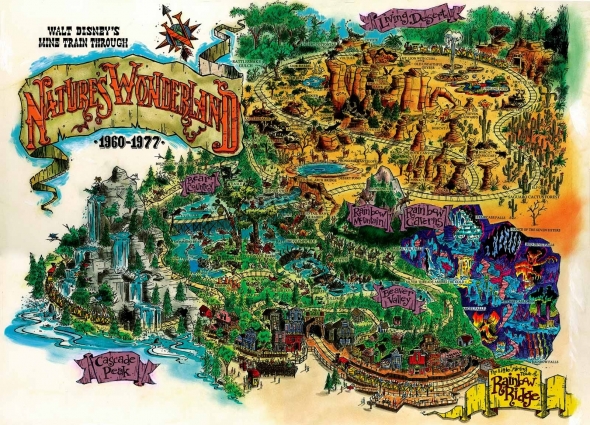
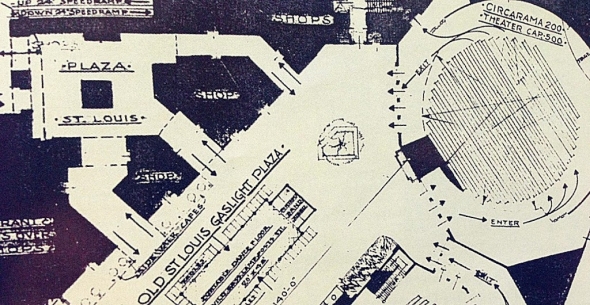
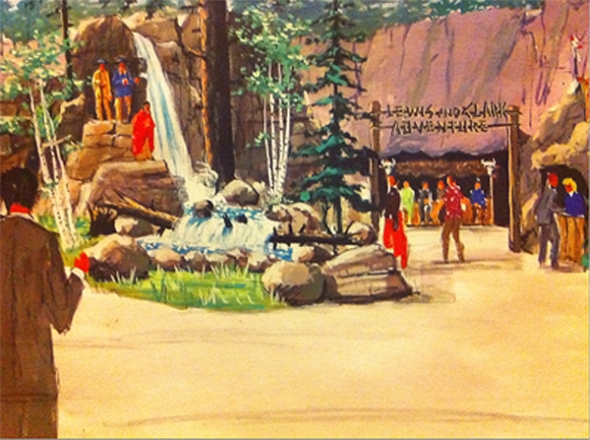
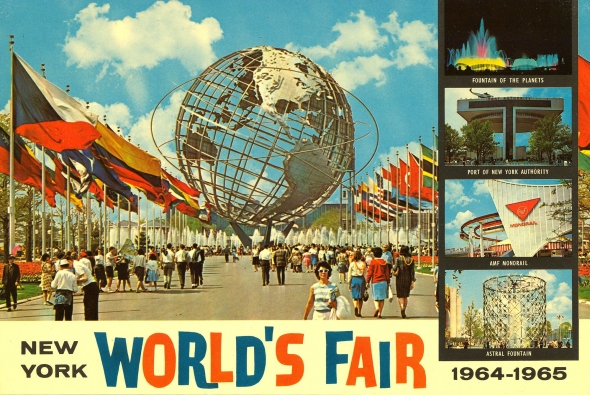
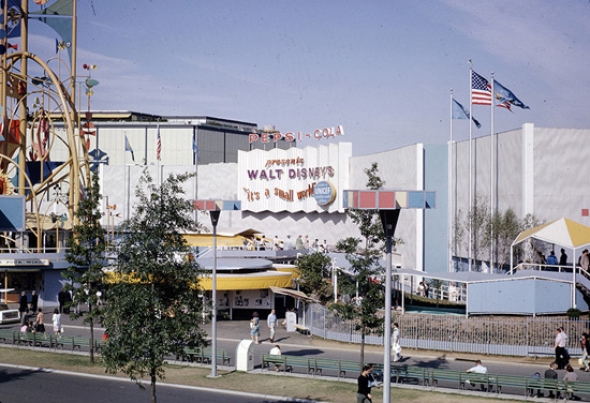

Add new comment